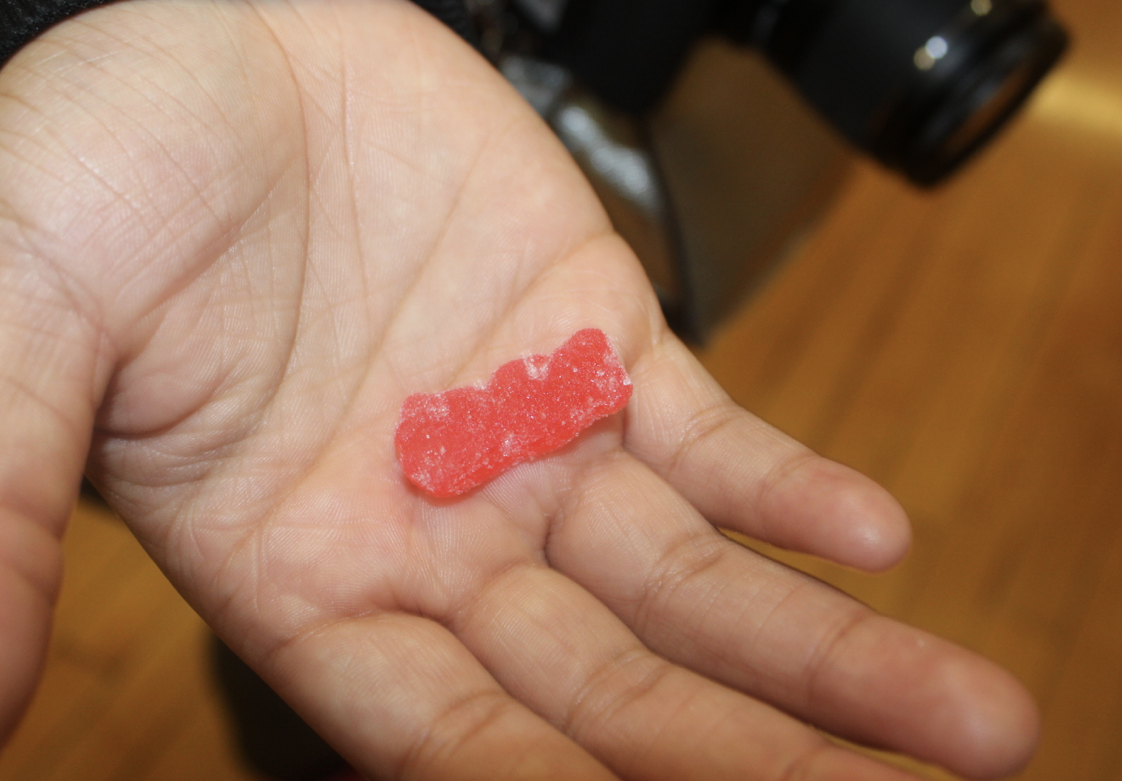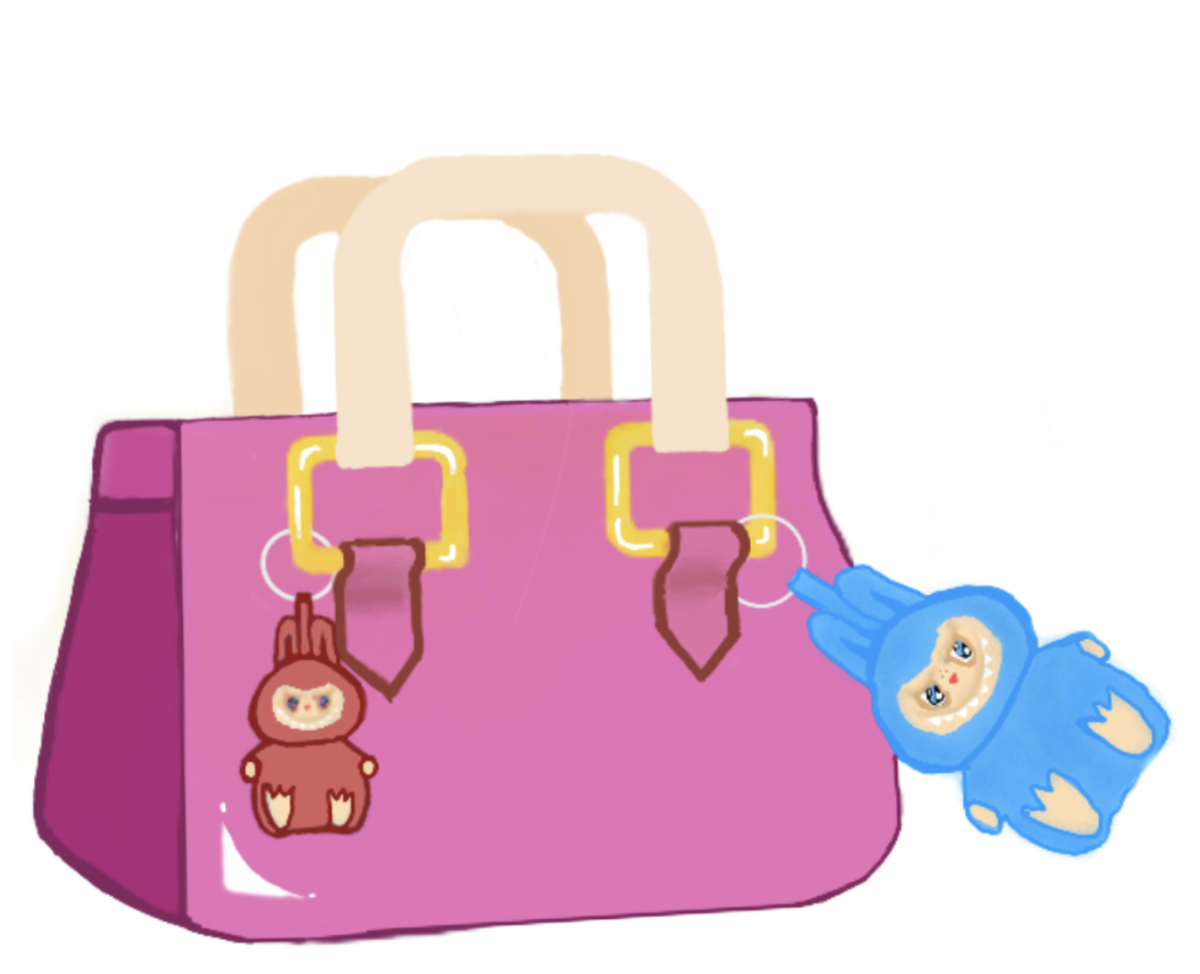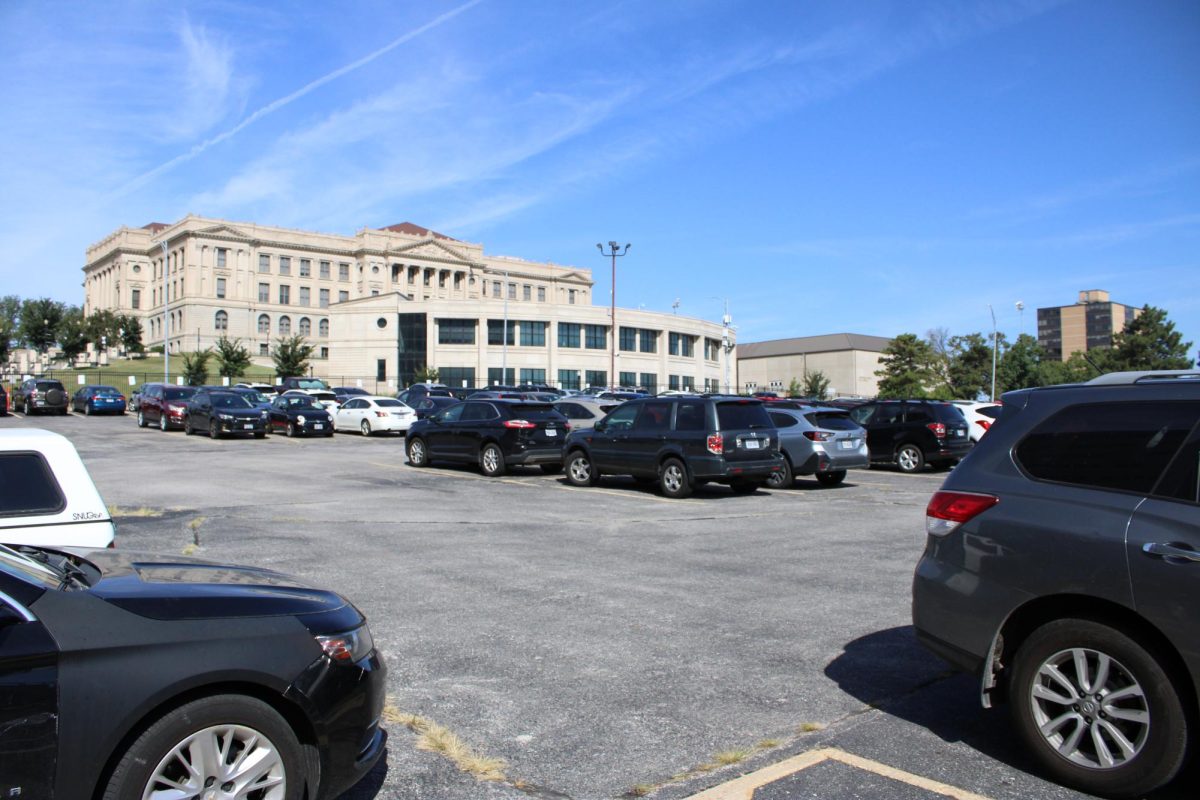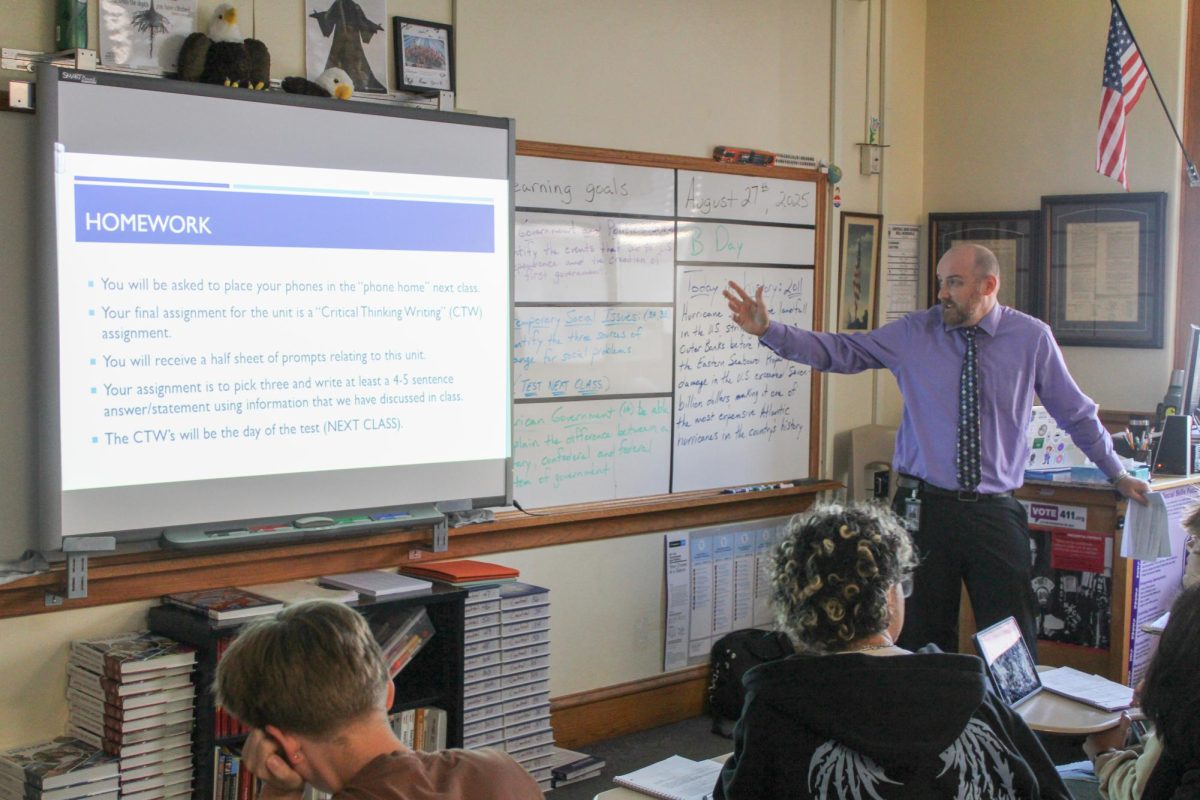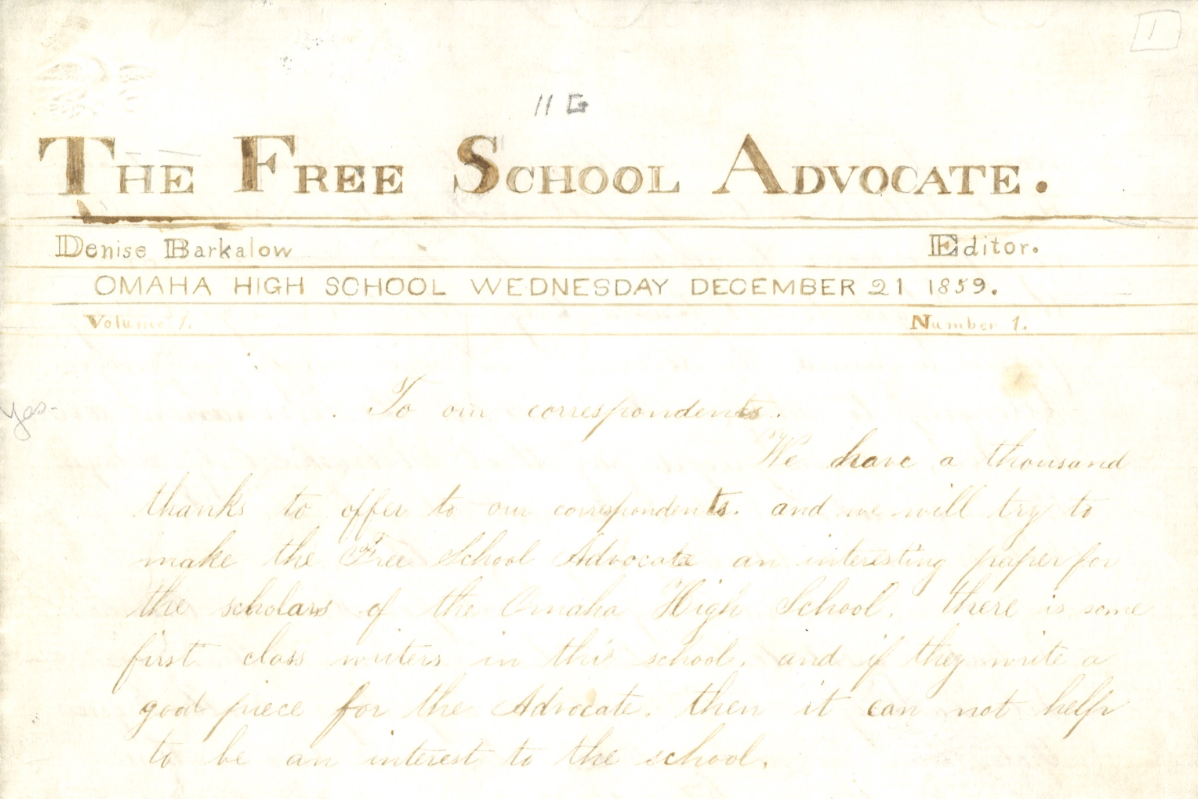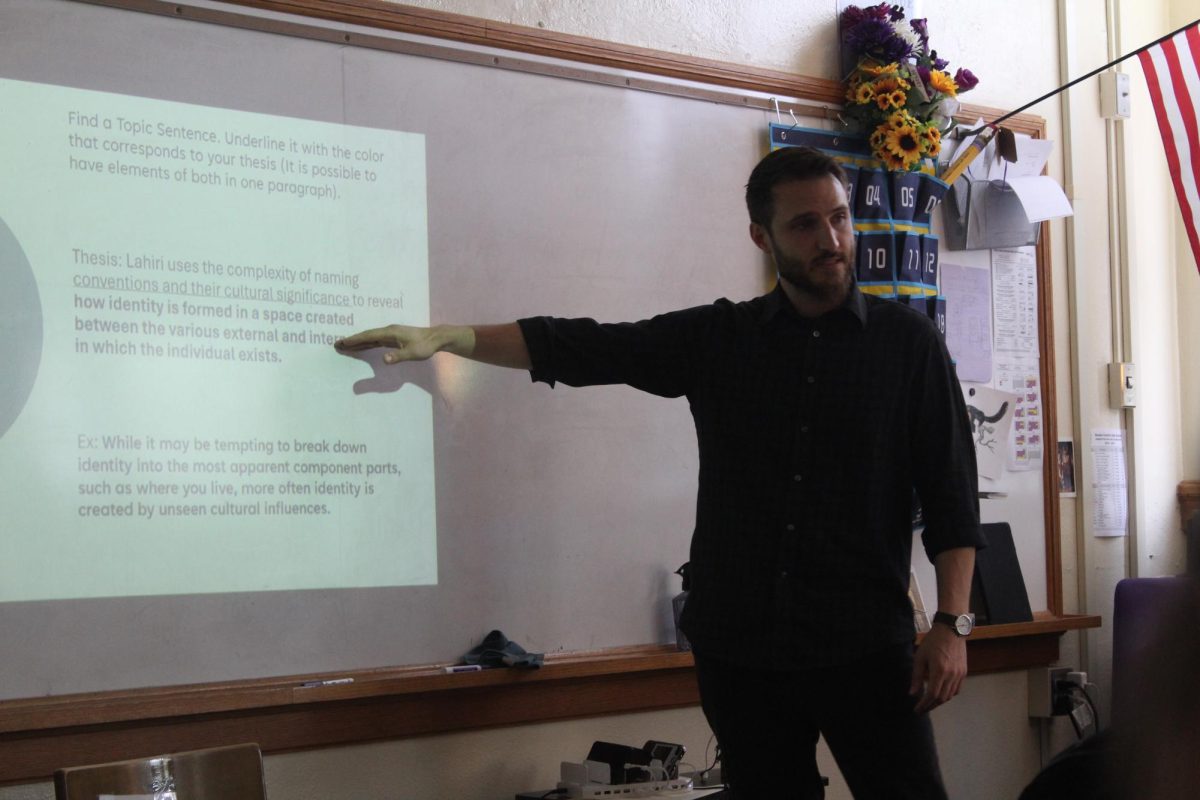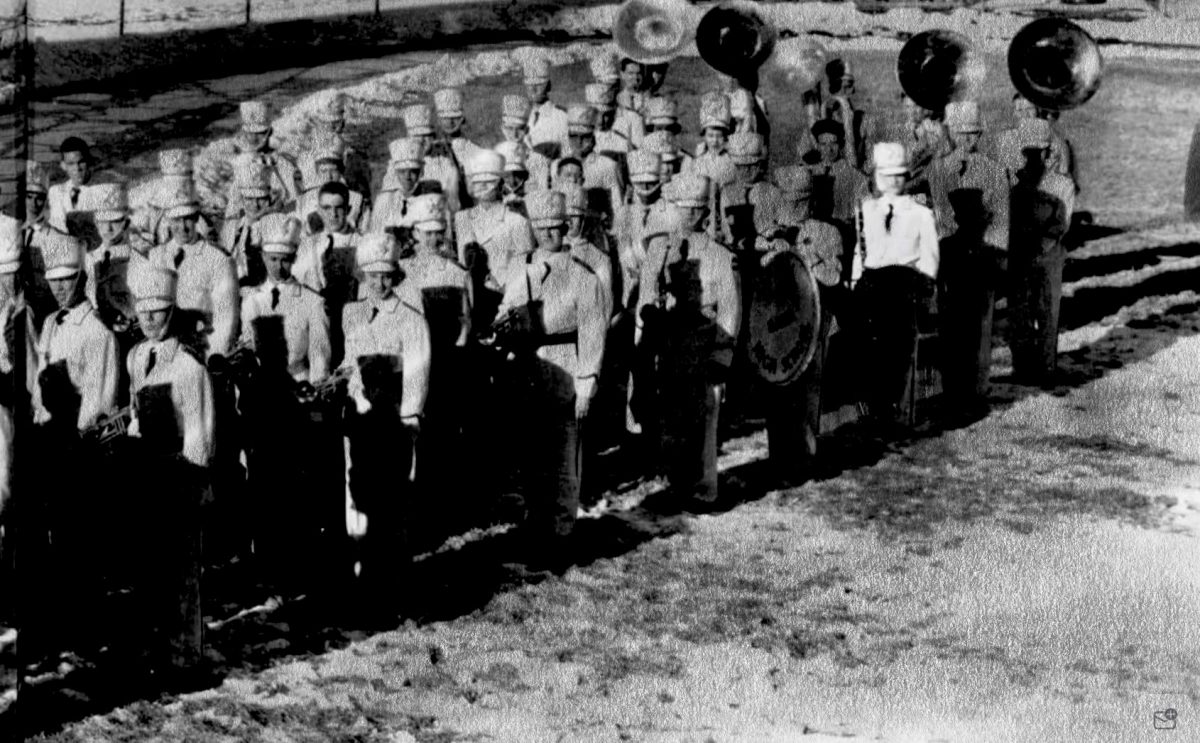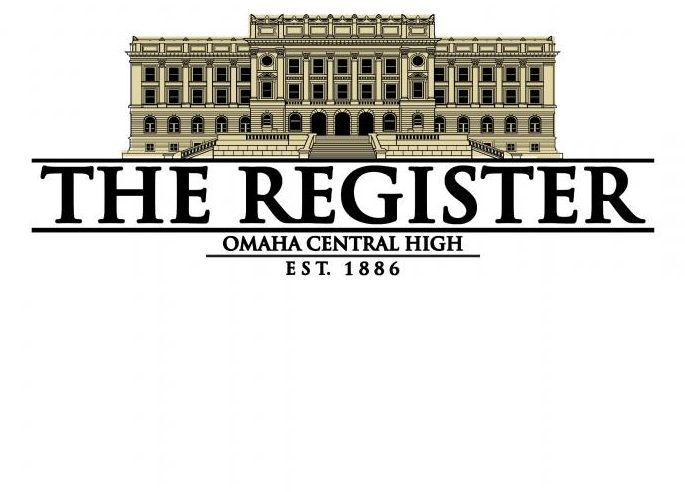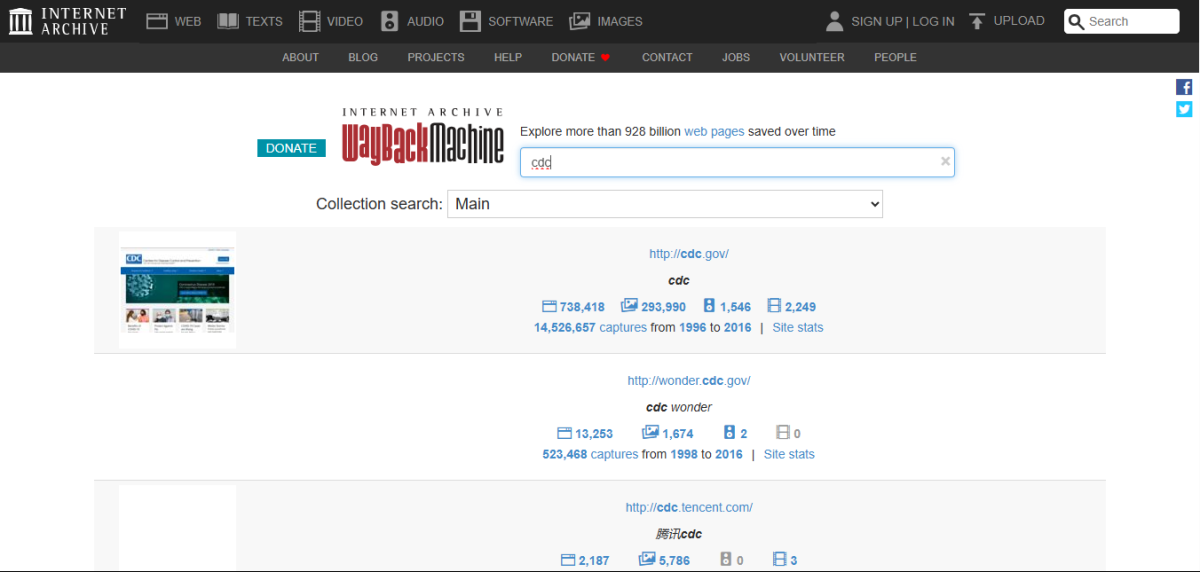In President Donald Trump’s first two months in office, his administration removed more than 110,000 government webpages from the internet because they referenced diversity, equity, and inclusion topics (DEI), according to the New Yorker.
The Internet Archive is the only way to access many of these webpages, which include information about climate change, LGBTQ+ issues, healthcare, women and people of color in history, and other topics that include words such as “gay” or “inclusion.” Many government agencies have also been instructed to rewrite webpages to exclude references to transgender people, women, people of color and activists. Some websites returned after the public or a judge called for them to be restored.
The Internet Archive at archive.org is a public database of over 928 billion webpages that captures and stores a copy of the webpage throughout years or decades. Using the Wayback Machine feature, a user can track a website across time, accessing webpages that have been taken down. Students can still access websites that the government has taken down if they need them for academic and personal reasons. The Internet Archive is not accessible on school wifi, but can be accessed on a personal device.
After going to archive.org, enter a website URL or description in the Wayback Machine search bar. If using search terms, such as “CDC,” the websites will be arranged by number of captures, or copies of the website across time. If using a website URL, such as “cdc.gov,” a calendar of the captures will show up.
Once in the Wayback Machine, the user can navigate across the website and across time. For instance, a user could search for the CDC website and then go to a specific subpage, such as “Sexually Transmitted Infections Treatment Guidelines,” in at a specific time in the past 31 years. Some websites have incomplete captures, so some subpages are captured but others are not. However, the Wayback Machine will direct you to the URL if it is still active but not archived.
Use the timeline at the top of the page to find a specific date. On the left, it will display how long the website has been captured for. More popular websites tend to have more captures, so they may show the website’s changes over a day, whereas other websites change over a week or month.
The Wayback Machine can also filter results to come from a specific source or be about a certain topic. For instance, a user can search a term and use the “search collection” option to just see results on government websites or to see only results about COVID. Additionally, the Wayback Machine creates special “end of term” collections of webpages right before a new presidential term begins. Other filters can be found on the right side of the results.
The Internet Archive also includes digital archives of books, videos, photos, music, and software.



